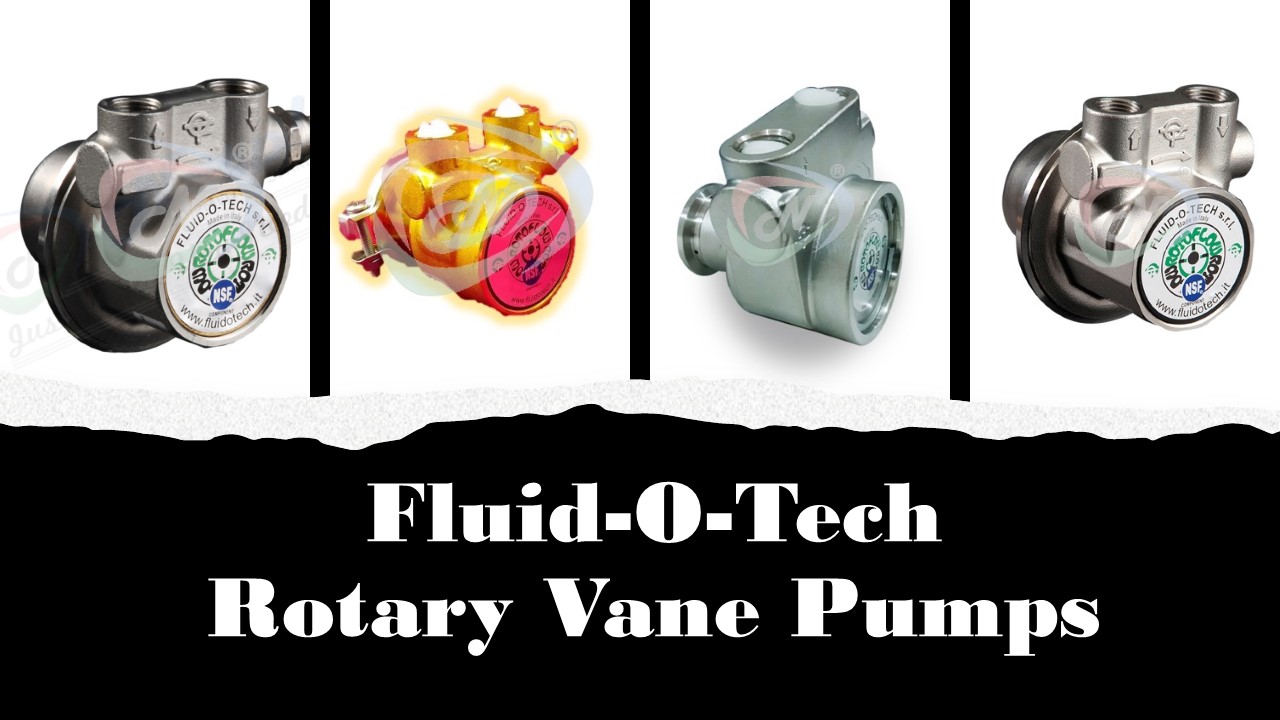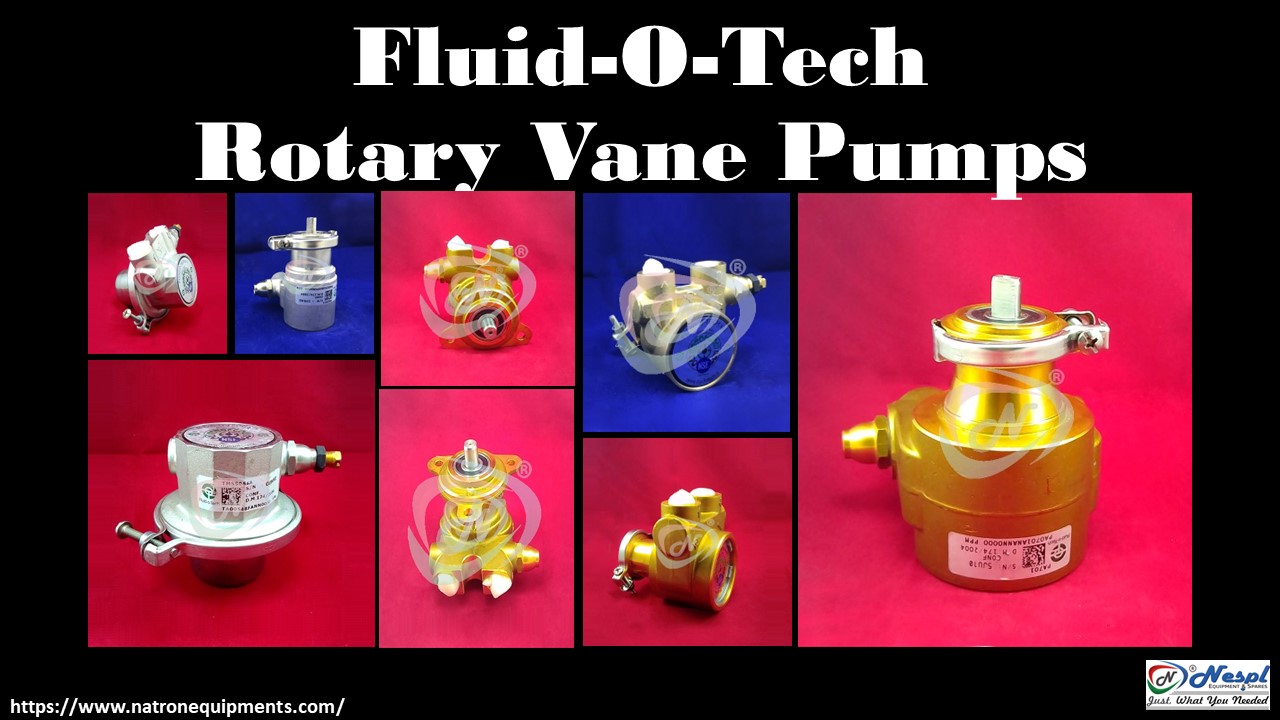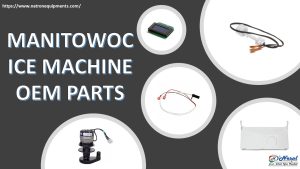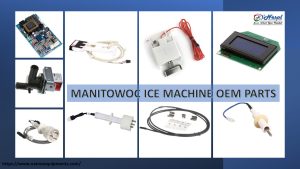What is a rotary vane pump?
Rotary vane pumps are self-priming positive displacement pumps that move liquids or gasses with vanes mounted to rotors inside cylindrical housings. Liquids and gasses are compressed, pressed, and passed through a valve as they pass through the pump outlet.
Must Buy:
A rotary vane pump is made up of the following parts:
- Rotor
- Stator
- Vanes (also called blades)
- Cylindrical housing
- Inlet
- Exhaust valve
- Exhaust outlet
- Oil reservoir
- Splash guard
A rotary vane pump works on the positive displacement principle:
Rotary vane pumps use two or more chambers to compress, rotate, and discharge gasses and liquids. They create a vacuum that pressurizes the contents, allowing them to exit the pump’s outlet. In the rotor, the vanes slide in and out and turn against the inner wall. In the process of rotating the vanes, a vacuum chamber forms, in which the outlet valve divides it into sides for suction and discharge. Fluid is drawn into the chamber’s suction side, where it is compressed as it rotates. As soon as the suction chamber reaches its maximum capacity, the contents are released into the discharge chamber and out of the pump outlet. Finally, an exhaust valve prevents backflow by blocking contents from entering the pump.
Lubricating rotary vane pumps with oil improves their efficiency:
Rotary vane pumps benefit from oil lubrication in the following ways:
- Increases vacuum formation efficiency by providing a seal
- Protects the pump from wear and prolongs its life
- Reduced friction maintains a cool temperature
- Protects the pump from impurities and keeps it clean
- Ensures that the pump is protected from corrosion caused by gas reactions
Advantages of rotary vane pumps:
- Long lifespan
- Operating at a low noise level
- Vibrations are slight
- Maintenance-friendly
- A compact and lightweight design
- There is no effect of viscosity changes on discharged liquid
- Low pulsation with a stable flow rate
Limitations of rotary vane pumps:
- The suction lift of rotary vane pumps is limited
- The rotary vane pump is not designed to pump liquids with a high viscosity
- Rotary pumps are not suitable for applications with high pressure
- A rotary vane pump is not suitable for pumping highly corrosive fluids

In what applications are rotary vane pumps used?
There are many applications for rotary vane pumps, such as power steering, air conditioning, and automatic transmissions in automobiles. Rotating vane pumps can also be used for transporting viscous liquids, serving drinks at fountains, and making espresso. In addition to vacuum pumps, here are some other uses:
- Extraction systems for dust
- Beverage Vending Machine
- Booster Pump
- Cooling System
- Espresso Coffee Machines
- Post-mix Drink Dispensers
- Water Dispensers
- Water Treatment
- Furnaces used in the industrial sector
- The use of vacuum filtration
- Ventilation
- A crystallization process
- Drying during distillation
You now have a better understanding of rotary vane pumps. Rotary vane pumps have many advantages, but also certain limitations. Rotary vane pumps from Fluid o Tech are used in a wide range of machines. They produce some of the best pumps in the world in terms of quality. Feel free to contact the NESPL team with any questions regarding Fluid o Tech rotary vane pumps.







